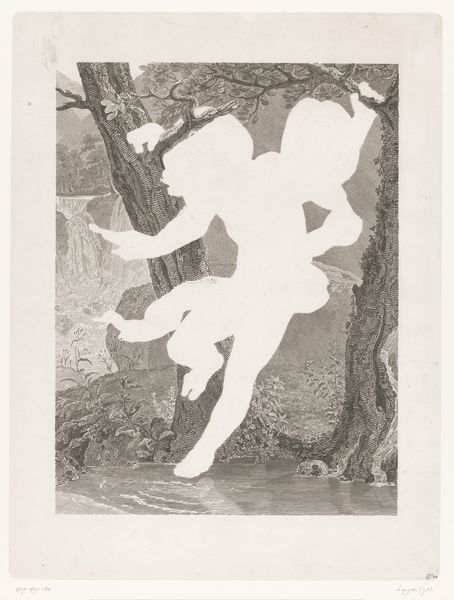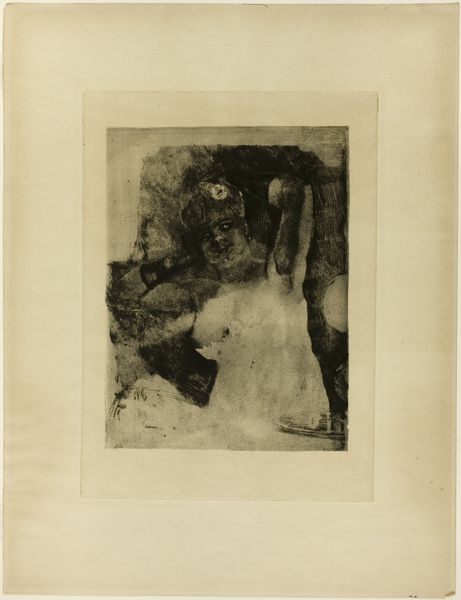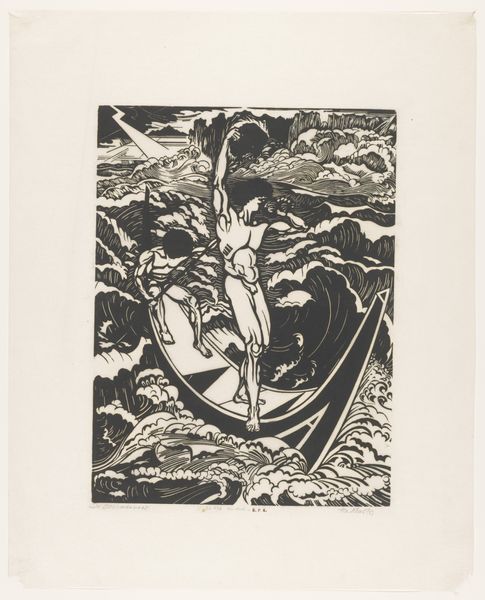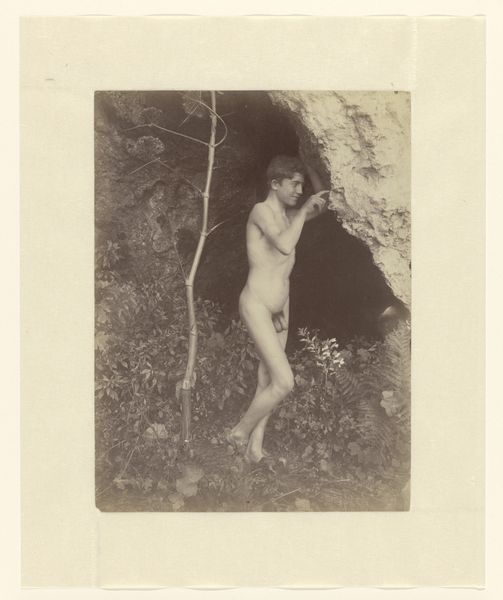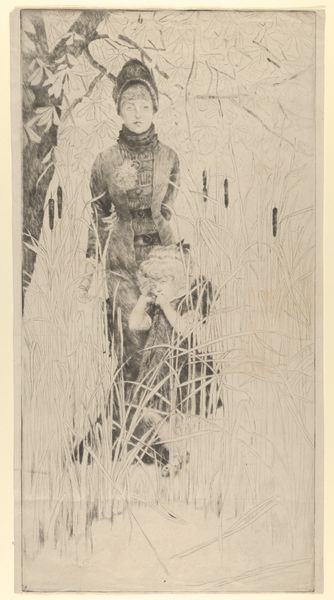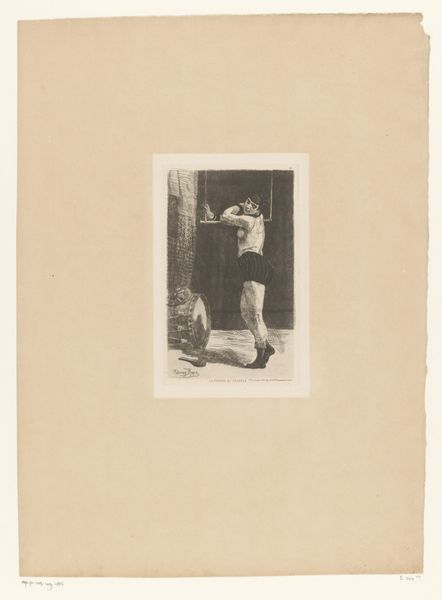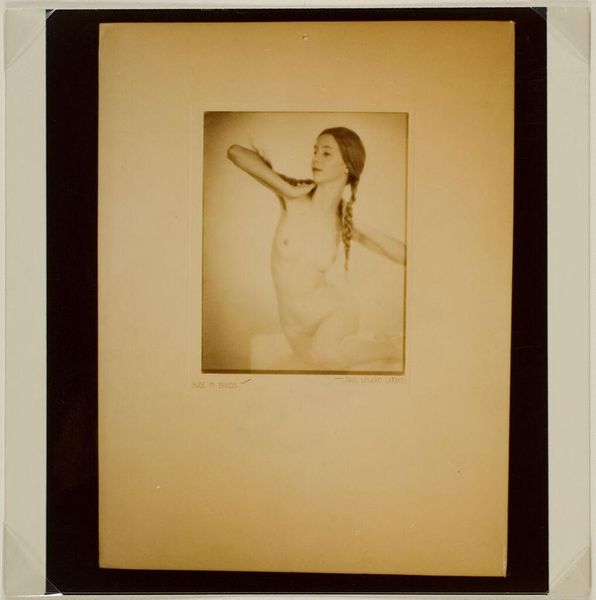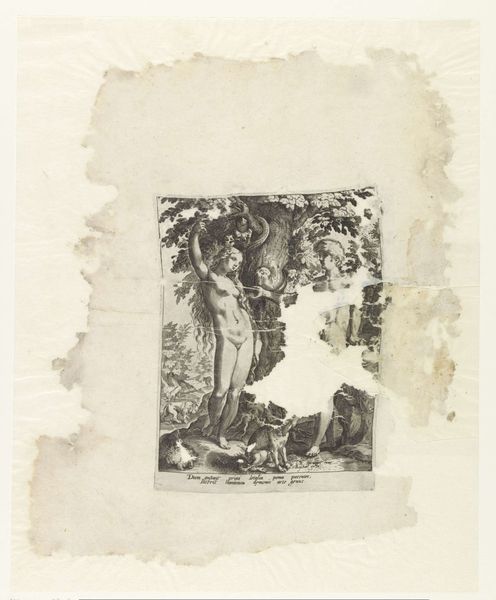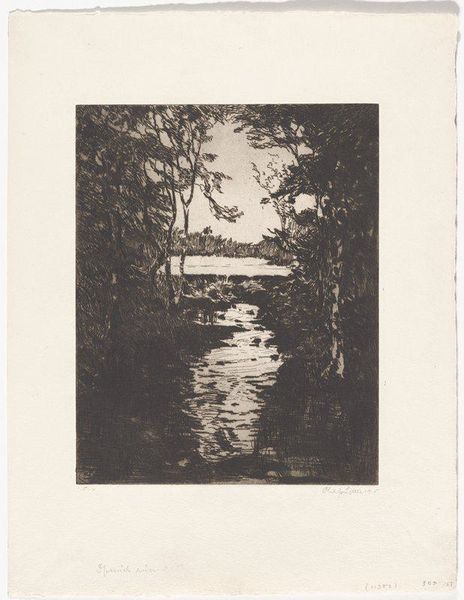
drawing, print, linocut
#
drawing
#
art-nouveau
# print
#
linocut
#
landscape
#
figuration
#
linocut print
#
nude
Copyright: Public domain
Editor: This is John Austen’s "Hamlet," a linocut print done in the Art Nouveau style. I am immediately drawn to the incredible detail in the linework. How does the medium influence the message, do you think? Curator: Consider linocut’s relationship to woodcut and its historical use in more utilitarian printing. Austen is deliberately choosing a material linked to reproduction and perhaps even the masses. He then elevates it through his skilled labor into something “fine art.” Editor: So, the choice of linocut challenges the distinction between craft and high art? Curator: Exactly. And the subject matter also points to questions of labor and value. Who labors to create leisure? Consider the depiction of the nude figures interacting with nature – are they at work or at play? Editor: I see your point. It’s almost as if the abundance of detail highlights the labor-intensive process of creation, while simultaneously depicting a scene of leisure and apparent ease. Curator: Furthermore, where does the image circulate, and for whom? If it’s a printed illustration, perhaps it's circulated through books, which suggests a link to both consumer culture and literacy. How accessible would the print have been at the time? Editor: That’s a really interesting question I hadn't considered. I suppose its availability would further speak to who had access to art and culture. Curator: Absolutely. The linocut becomes both the subject and the object of study: its making and distribution informs its meaning. We're dealing with materiality, production, consumption – all intertwined. Editor: Wow, I hadn’t thought about the materials used impacting the work's broader social and economic context, this makes the work even more impactful. Thank you!
Comments
No comments
Be the first to comment and join the conversation on the ultimate creative platform.
